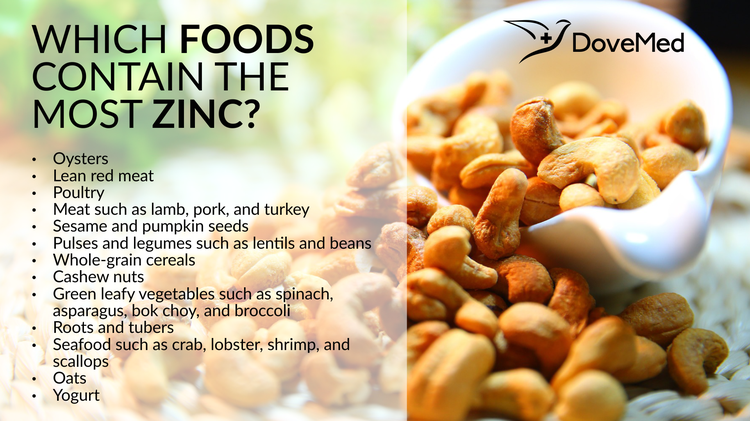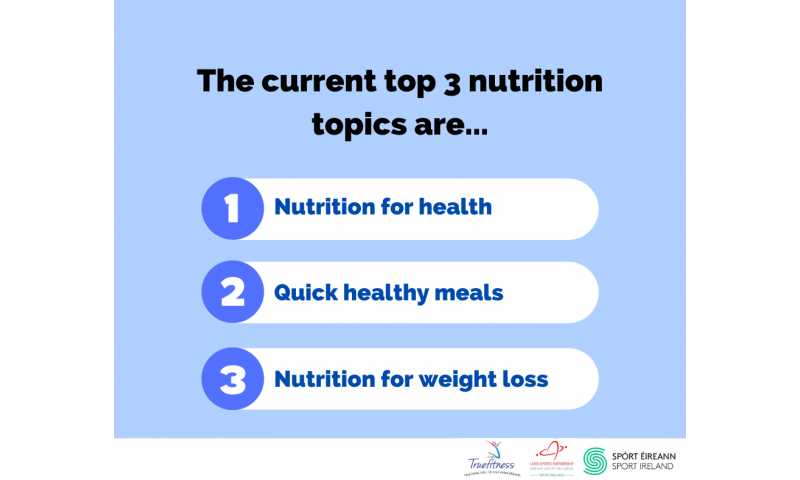
Having a good diet plan for arthritis can improve the quality of life for arthritis patients. There are many dietary options that can be used to reduce the inflammation and pain associated with arthritis. Moreover, a proper diet can prevent joint damage.
It is possible to avoid certain foods when you have arthritis. A vegetarian diet can be the best plan to reduce the discomfort and pain caused by arthritis. This diet plan includes plenty of fruits and vegetables, as well as omega-3 fatty acids from fish. Fish fatty acids are very effective in relieving pain and inflammation. These are the two main symptoms of arthritis. They also have a calming affect on the body, reducing stiffness as well as alleviating arthritis pain.
Also, a diet plan for arthritis must avoid high-sodium food as they can increase swelling. Saturated fats should be avoided. Saturated fat can intensify the pain of arthritis, and can also contribute to obesity. Sugary foods can also trigger inflammation. Refined and processed carbs, such as white bread crackers, potato fries and white bread, have high glycemic values.

Include Omega-3 fatty oils, which can be found in fish, flaxseeds or walnuts in your diet plan to treat arthritis. The diet plan should also include antioxidant-rich vegetables and fruits, as they help to prevent the destruction of cartilage and other tissues. Antioxidants are also good for your health and can strengthen your capillary walls.
Omega-3 fatty acids can also reduce weight which is crucial for patients with arthritis. They are also known to reduce inflammation and pain, as well as prevent joint damage.
A diet plan that includes vegetables is a good option for patients suffering from arthritis. It's packed with vitamins and nutrients. These vegetables contain antioxidants that are important for the synthesis of collagen and other structural components of the body. Whole pulses are also part of this diet plan for arthritis. They're high in fiber. You can also cook fish by poaching, steaming, or cooking it. Fish is also a good source for protein. These proteins are good for your bones and joints.
A lot of water is necessary. Water can help reduce inflammation and protect cartilage. Water should be consumed before meals. It is also beneficial to reduce your weight by drinking lots of water. Also, avoid drinking alcohol. Consuming alcohol increases the amount of uric Acid in the blood. This causes more joint pain.

Tea has strong anti-inflammatory properties. Tea helps to reduce arthritis pain and is also good for preserving cartilage. It is recommended to drink tea with lemon. Polyphenols in tea are also beneficial to arthritis patients.
The best diet for arthritis is one that is balanced, and high in antioxidants. Also, the fatty acids found in fish can be beneficial to your joints and heart. You will be able decrease pain and inflammation.
FAQ
How to measure body fat?
The best way to measure body fat is with a Body Fat Analyzer. These devices are used for measuring the percentage of body fat in people who want to lose weight.
Is being cold bad for your immune system?
There are two types: those who love winter, and those who don't. It doesn't matter if you love it or not, it is possible to wonder why it makes you feel so miserable when it gets cold outside.
The reason is simple: Our bodies are meant to function best in warm conditions. Because of this, our bodies evolved to thrive and survive in hot climates.
But now we live in an environment that is very different from how our ancestors lived. We spend a lot more time indoors, and are more likely to be exposed to extreme temperatures like heat and cold.
Because of this, our bodies have become accustomed to extremes. That means that when we do venture outdoors, we're left feeling tired, sluggish, and even sick.
There are many ways to avoid these side effects. One way is to make sure that you stay well-hydrated throughout the day. Drinking plenty of water will help you keep your body hydrated and flush out toxins.
It is important to eat healthy foods. Eating nutritious foods helps your body maintain its optimal temperature. This is especially helpful for people who spend a lot of time indoors.
You can also meditate for a few minutes every day. Meditation is a great way to relax your body and mind. It makes it easier for you to cope with stress and illness.
What is the difference between a calorie or a kilocalorie.
Calories can be used to measure how much energy is in food. Calories is the unit of measurement. One calorie is the amount of energy required to heat one gram water one degree Celsius.
Kilocalories are another term for calories. Kilocalories measure in thousandths (or calorie) of a calorie. 1000 calories equals 1 kilocalorie.
What can you do to boost your immune system?
Human bodies are made up of trillions upon trillions of cells. Each cell is responsible for creating organs and tissues with specific functions. Another cell takes its place when a cell dies. Chemical signals, called hormones, allow cells to communicate with each other. Hormones regulate all bodily functions from growth and developmental to metabolism and immunity.
Hormones refer to chemicals secreted in glands throughout the body. They circulate through the bloodstream and act as messengers to regulate how our bodies function. Some hormones are produced in the body, while others are created outside.
Hormone production begins when a hormone-producing gland releases its contents into the bloodstream. Once hormones have been released, they travel through the body to their intended organ. Some hormones may only remain active for a limited time. Some hormones last longer and influence the body's functionality even after leaving the bloodstream.
Some hormones can be produced in large amounts. Some hormones are produced in large quantities.
Some hormones are produced at certain times during life. The production of estrogen can occur during puberty and pregnancy, as well as menopause and old age. Estrogen is important for women to develop breasts and maintain bone density. It also helps prevent osteoporosis. Estrogen promotes hair growth, and skin stays soft and smooth.
Why does our weight change as we get older?
How do you tell if there are any changes in your bodyweight?
If there are less calories than muscle mass, then weight loss is possible. This means that the amount of calories consumed must exceed the amount of energy used daily. Reduced activity is the leading cause of weight gain. Other causes include illness, stress, pregnancy, hormonal imbalances, certain medications, and poor eating habits. When more fat is consumed than muscle mass, weight gain occurs. It occurs when people consume more calories per day than they need. Overeating, increased physical activity and hormonal changes are all common reasons.
We consume fewer calories that we burn. This is why we lose weight. Regular exercise increases metabolism, which means that we burn more calories per day. But this doesn't guarantee that we'll lose weight. The important thing is to see if we're losing or gaining muscles. If we are burning more calories than what we eat, then we will lose weight. But if we're consuming more calories than we're burning, then we're actually storing them as fat.
As we age, our ability to move around is slower and we are less mobile. We also tend have less food to eat than we did when younger. We tend to gain weight. On the flipside, we are more muscular than we really need and appear larger.
Without weighing yourself each week, there is no way to know how much weight you have lost. There are many ways you can measure your weight. There are many ways to measure your weight. You can check your waist, hips, thighs, arms and legs. Some people prefer to use the bathroom scales, while some prefer to use tape measurements.
To track your progress, weigh yourself once a week. Measure your waistline once per month. You can also take images of yourself every few weeks to see how far it has come.
Online, you can find out your height and weight. You'd likely weigh 180 pounds if you were 5'10 tall and 180 pounds if you were 180lbs.
Statistics
- The Dietary Guidelines for Americans recommend keeping added sugar intake below 10% of your daily calorie intake, while the World Health Organization recommends slashing added sugars to 5% or less of your daily calories for optimal health (59Trusted (healthline.com)
- According to the Physical Activity Guidelines for Americans, we should strive for at least 150 minutes of moderate intensity activity each week (54Trusted Source Smoking, harmful use of drugs, and alcohol abuse can all seriously negatively affect your health. (healthline.com)
- Extra virgin olive oil may benefit heart health, as people who consume it have a lower risk for dying from heart attacks and strokes according to some evidence (57Trusted Source (healthline.com)
- This article received 11 testimonials and 86% of readers who voted found it helpful, earning it our reader-approved status. (wikihow.com)
External Links
How To
What does the word "vitamin" mean?
Vitamins are organic compounds naturally found in food. Vitamins allow us to absorb nutrients from food. Vitamins cannot be produced by the body. They must be obtained from food.
There are two types of vitamins: water soluble and fat soluble. Water-soluble vitamins dissolve in water easily. Vitamin C,B1(thiamine), B2 (2riboflavin), and B3 (3niacin), as well as vitamin C,B1, B2 (riboflavin), and B3 (niacin), vitamin B6 (pyridoxine), vitamin folic acid (biotin), pantothenic, and choline are examples. The liver and fatty tissue are the main storage places for fat-soluble vitamins. Vitamin D, E, K and A are some examples.
Vitamins are classified according to their biological activity. There are eight main groups of vitamins.
-
A - vital for normal growth and maintaining good health.
-
C - essential for proper nerve function, and energy production.
-
D - necessary for healthy bones and teeth.
-
E is required for good vision and reproduction.
-
K - essential for healthy nerves, muscles, and joints.
-
P - essential for strong bones, teeth and tendons
-
Q - aids digestion, absorption and absorption iron
-
R is required for the production of red blood cells.
The recommended daily intake (RDA), of vitamins varies with age, gender and physical conditions. The U.S. Food and Drug Administration has established the RDA values.
For adults aged 19 and older, the RDA for vitamin B is 400 micrograms daily. Because it is essential for the development of the fetus, pregnant women should consume 600 micrograms per days. Children ages 1-8 require 900 micrograms per day. Infants below one year of age need 700 micrograms daily. But, between 9 months to 12 months of age, the amount drops to 500micrograms per days.
Children ages 1-18years who are obese need 800 micrograms per day while those who are overweight need 1000 micrograms per day and children who are underweight need 1200 micrograms per day to meet their nutritional needs.
Children ages 4-8 years who have been diagnosed with anemia need 2200 micrograms per day of vitamin C.
2000 micrograms is the minimum daily intake for general health in adults older than 50 years. Breastfeeding or pregnant women require 3000 micrograms per daily due to higher nutrient demands.
Adults over 70 years of age need 1500 micrograms per day since they lose about 10% of their muscle mass each decade.
Women who are pregnant, nursing or breastfeeding need more than the RDA. Pregnant women need 4000 micrograms per dayduring pregnancy and 2500 micrograms per day after delivery. Breastfeeding mothers need 5000 micrograms per day when breast milk is being produced.